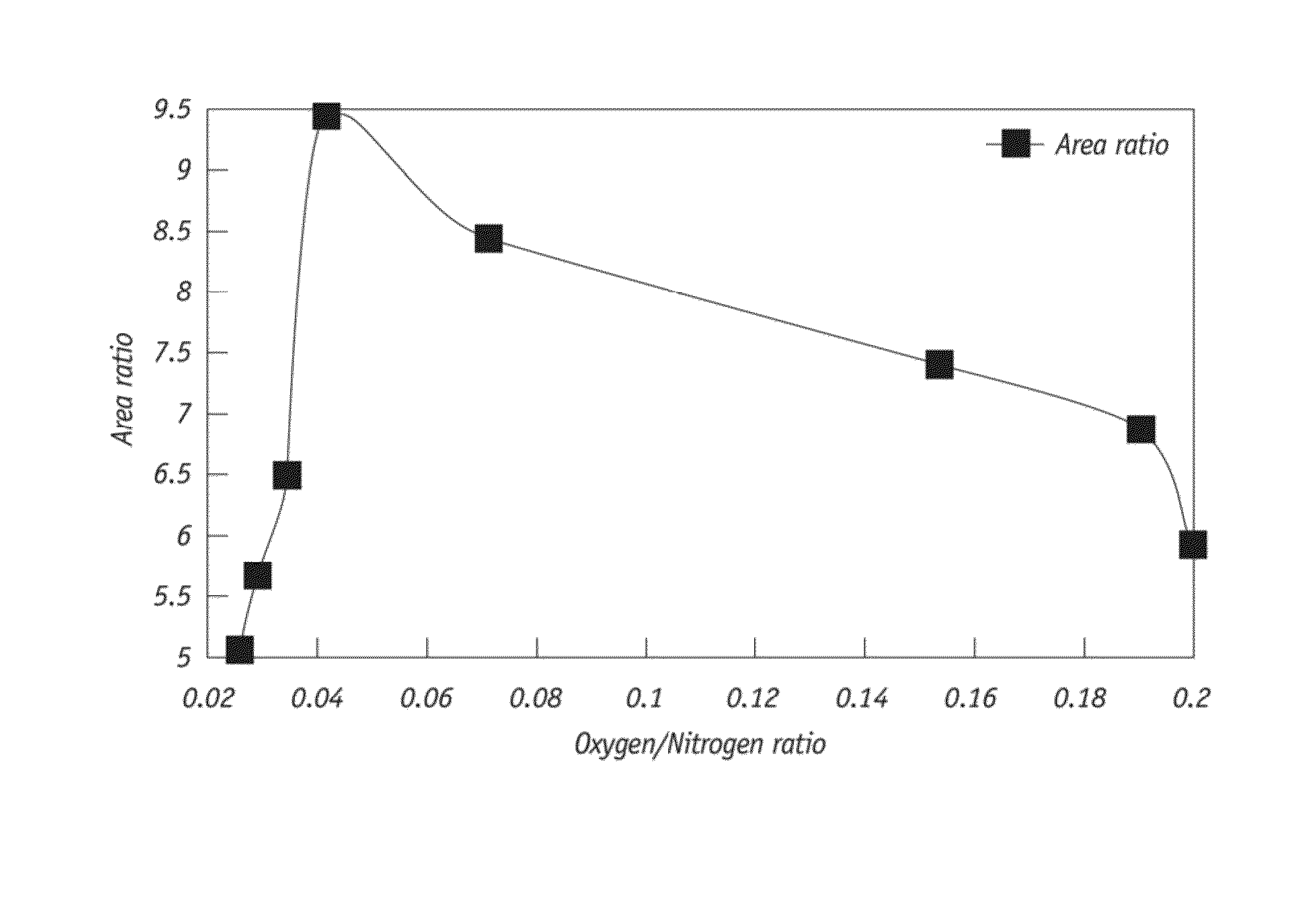Method for producing improved rubberized concrete using waste rubber tires
a technology of rubberized concrete and waste rubber, which is applied in the field of rubberized concrete, can solve the problems of reducing the compressive strength and splitting tensile strength of the resulting rubberized concrete proportionally, severely restricting the amount of crumb rubber that can be incorporated, and curtailing the range of rubberized concrete's applications. , to achieve the effect of improving mechanical properties
- Summary
- Abstract
- Description
- Claims
- Application Information
AI Technical Summary
Benefits of technology
Problems solved by technology
Method used
Image
Examples
Embodiment Construction
[0021]Crumb rubber particles to be treated can be recovered from waste tires in a process that initially separates the rubber component from the steel wires, glass fibers, and other non-rubber materials; subsequently, debris-free rubber is recovered by cryogenic freezing with liquid nitrogen or other suitable means. The rubber is then mechanically grounded and screened into irregular-shaped particles of the desired size that typically ranges from 100-1,000 μm and preferably from 300-600 μm. The crumb rubber comprises natural rubber, styrene-butadiene rubber (SBR), butadiene rubber, butyl rubber, and / or isoprene rubber. These polymers are cross-linked by organic sulfur compounds that improve the durability and strength of cured rubber. The cured rubber also has additives including zinc oxide, carbon black, calcium carbonate, and antioxidants.
[0022]Organic sulfur compounds, which are represented generally as: R—S—R, can be oxidized into organic sulfoxides (R—SO—R), organic sulfones (R...
PUM
| Property | Measurement | Unit |
|---|---|---|
| Temperature | aaaaa | aaaaa |
| Temperature | aaaaa | aaaaa |
| Time | aaaaa | aaaaa |
Abstract
Description
Claims
Application Information
 Login to View More
Login to View More - R&D
- Intellectual Property
- Life Sciences
- Materials
- Tech Scout
- Unparalleled Data Quality
- Higher Quality Content
- 60% Fewer Hallucinations
Browse by: Latest US Patents, China's latest patents, Technical Efficacy Thesaurus, Application Domain, Technology Topic, Popular Technical Reports.
© 2025 PatSnap. All rights reserved.Legal|Privacy policy|Modern Slavery Act Transparency Statement|Sitemap|About US| Contact US: help@patsnap.com



